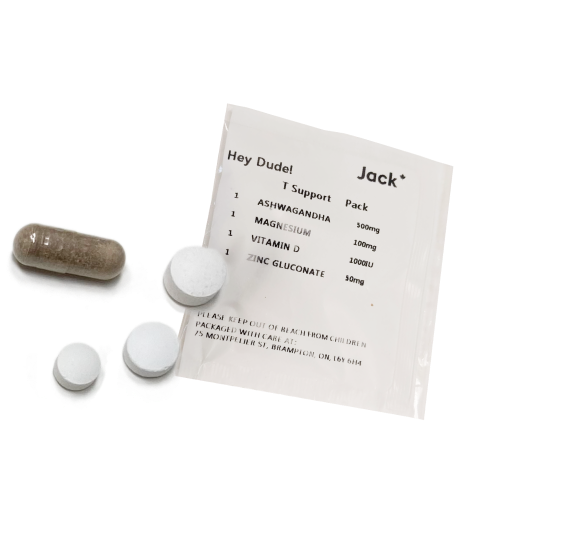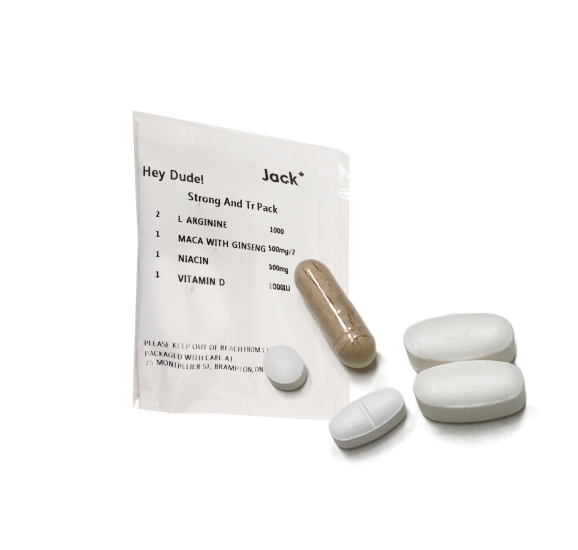You’re finally ready to fix your low energy and drive. TRT looks like the solution—until you hear:
“Testosterone therapy made me go bald.”
Here’s the truth: TRT is not a direct cause but a contributing factor to hair loss. However, in some men, it is associated with increased DHT levels, which can accelerate genetic hair loss in those predisposed.
Testosterone stimulates hair growth in areas such as the beard and body. But if you’re genetically sensitive, it can stimulate androgenic alopecia and trigger scalp thinning over time.
The good news is that TRT does not cause hair loss in all men, and with the right care, it can be managed proactively with DHT blockers. Let’s break it down.
How Does Testosterone Affect Hair Growth?
Testosterone supports everything from energy and libido to muscle mass—and yes, even hair. It promotes growth in areas such as the beard and chest, although it may not affect body hair in the same way as scalp hair, especially in cases of patchy beard growth associated with low testosterone levels.
But when it comes to the hair on your scalp, things get a little more complicated. That’s because some of your testosterone gets converted into a more potent hormone called dihydrotestosterone, or DHT.
Think of testosterone as the fuel that powers hair growth, but DHT as the exhaust that can clog the system. In men who are genetically sensitive, DHT binds to hair follicles on the scalp and gradually shrinks them, causing the hair to thin and eventually fall out.
This isn’t just a theory—there’s science to back it up. Research consistently shows that in individuals with androgenetic alopecia (AGA), also known as male or female pattern baldness, elevated DHT levels are strongly linked to the miniaturization of hair follicles. This process, where DHT causes hair follicles to shrink and hair growth cycles to shorten, is a hallmark of the condition. So while testosterone supports hair growth in many areas, how your body processes it can have very different effects on your scalp.
Why Does TRT Sometimes Lead To Hair Thinning?
TRT raises your testosterone levels to help restore energy, mood, and libido, but it can also lead to a rise in DHT as a side effect. When DHT levels rise, it can cause the hair follicles on your scalp to shrink, especially around the crown or temples. Over time, those follicles may become so small that they stop producing hair altogether.
One study on testosterone therapy found up to 45% of users experienced scalp hair thinning in the first year. This shows that TRT affects individuals with genetic predisposition more significantly.
Additionally, TRT should be monitored in balding-prone men, especially if signs of thinning appear early. Left unchecked, it can worsen existing hair loss conditions. If you’re starting TRT and worried about your hairline, check out our full breakdown of TRT side effects—including how to manage them effectively.
What Role Does DHT Play In Hair Loss?
Think of DHT as testosterone’s more aggressive little cousin. It’s powerful—and not always friendly. When too much of it binds to receptors in your scalp’s hair follicles, it gradually shrinks them. Over time, those follicles can become so small that they stop producing hair altogether.
DHT is like a weed killer—it doesn’t discriminate. It targets the follicles and slowly strips them of their ability to grow healthy hair. This is why most men with receding hairlines or bald spots at the crown often have elevated DHT activity. And if baldness runs in your family, there’s a good chance your follicles are more sensitive to DHT’s effects, making you more likely to experience hair loss even if your testosterone levels are within a normal range.
What Are the Early Signs of Hair Loss From TRT?
Catching the signs early can save your hairline. Here’s what to watch for:
- Increased shedding in the shower or on your pillow
- A receding hairline
- Thinning at the crown
- Itchy, irritated scalp
In one clinical overview, a urologist noted that men starting TRT often begin to see these exact symptoms within the first 6–12 months, particularly around the hairline and temples. This aligns with broader experience, where DNA-driven follicle sensitivity to DHT leads to early thinning in genetically predisposed men.
Don’t wait—tracking these changes early and consulting a doctor gives you the best shot at managing or even reversing hair loss before it worsens.
How To Prevent Hair Loss While Taking Testosterone
Being on TRT doesn’t mean you’re doomed to lose your hair. With the right approach, you can protect your hairline while staying on treatment.
Start with DHT blockers like finasteride or dutasteride—they reduce DHT by up to 70%, preserving hair follicles. Topical treatments like minoxidil can help regrow hair, while ketoconazole shampoo supports scalp health.
In fact, understanding how finasteride works alongside TRT is key to managing hair loss effectively, especially when combining the two safely.
And remember, adjusting your TRT dosage under medical supervision may also help if hair loss becomes noticeable.
When To See a Doctor
Noticing rapid or sudden hair loss? That’s your signal to check in.
Red flags include:
- Sudden clumps of hair falling out
- Scalp inflammation or itching
- Hair loss in unusual areas
You don’t have to choose between testosterone therapy and your hair. With early intervention and a doctor’s guidance, you can strike a balanced approach that supports both your well-being and your hairline.
Can You Prevent Hair Loss While on TRT?
Yes—but not always completely. Whether you lose hair on TRT largely depends on your genetics and how efficiently your body converts testosterone into DHT.
The good news? You can take steps to manage and slow hair loss. DHT blockers target the root of the issue by preventing testosterone from turning into DHT. For more advanced cases, treatments like hair transplants or PRP therapy offer longer-term solutions.
A randomized, double‑blind, placebo‑controlled study involved 37 men with male pattern hair loss, where 12 participants also received TRT. The study found that the combination of finasteride and TRT resulted in greater increases in hair count and thickness compared to finasteride alone.
Best DHT Blockers for Men on TRT
Looking for ways to defend your hairline? Start with these popular DHT-fighting options:
- Finasteride – Taken orally, reduces DHT levels up to 70%
- Dutasteride – Even stronger; blocks multiple DHT pathways
- Ketoconazole shampoo – Topical anti-DHT scalp treatment
- Saw Palmetto – A natural supplement with DHT-blocking potential
Many men find that combining treatments delivers the best results. Pairing TRT with finasteride and minoxidil is a common, effective approach to preserving hair while supporting testosterone levels.
Natural options, such as pumpkin seed oil, are gentler but usually less effective than prescription medications. These treatments are widely used, safe when prescribed, and often included in personalized Jack Health plans for easy, expert-backed care.
Key Takeaways
- TRT can trigger hair loss in men genetically sensitive to DHT, a hormone linked to male pattern baldness.
- Early treatment with DHT blockers and topicals can slow or prevent hair thinning.
- Combining TRT with hair loss treatments like finasteride and minoxidil is more effective than using either alone.
Frequently Asked Questions
How Quickly Can Hair Loss Occur on TRT?
Hair loss can start within a few weeks to months of beginning TRT—if you’re genetically predisposed. However, not everyone experiences it, and the condition typically develops gradually.
Is Hair Loss a Common Side Effect of TRT?
Yes, but only for some. A 2021 study found that 15–20% of TRT users reported increased hair shedding, and most were also genetically predisposed.
Is Hair Loss From TRT Permanent?
Not necessarily. With early treatment—especially DHT blockers—you can slow or even reverse hair thinning.
Who is Most at Risk of Hair Loss From TRT?
Men with a family history of baldness or androgenetic alopecia. If your dad, uncle, or older brother has a receding hairline, your follicles may be DHT-sensitive.














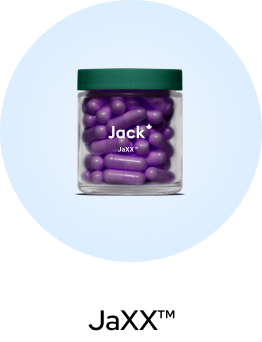
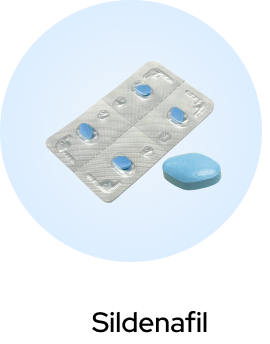
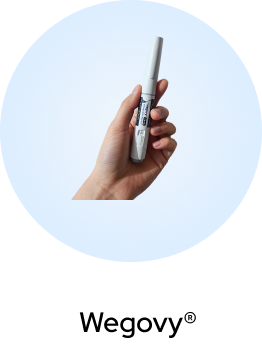
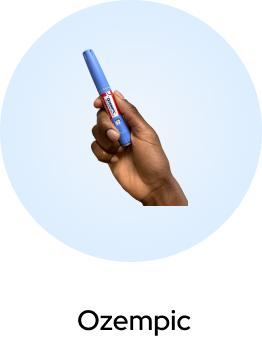


 (US)
(US)
